An ode to buck-boost DC power converters
In a comment on my recent Ubiquiti EdgeRouter configuration article, frequent Panbo reader Hartley noted the unfortunate 24v DC power requirement. The ER-X model of the EdgeRouter is actually capable of running on 12v, but that version can’t supply 24v POE (power over Ethernet) to connected devices. So I was reminded of my good experience with buck-boost type DC converters like this Drok step-up converter, which can power a 24v device on a 12v boat.
I have both 24v and 12v DC power available on my boat so I haven’t needed a buck-boost converter for step-up functionality, but I have used them extensively for power regulation and stabilization.
My Carver Voyager 570 is equipped with a pretty lousy inverter, a 15-year-old Charles Industries quasi-sinewave inverter (actually made by Vanner). It’s very sensitive to incoming power for both charging and inverting functions, and what it needs for charging isn’t great for other operations. I’ve contemplated replacing it, but that brings up a whole other conversation about how long I’m going to keep this boat. As a result, the inverter transfers load to the battery bank more often than I would like, and sometimes that transfer causes a momentary dip in the house bank voltage. Then the dip causes several electronic components on the boat to reset. Most noticeable were several of my Raymarine MFDs resetting. Trying to fix this situation, I looked at and discarded a number of different options.
There are several marine-specific products designed to provide precisely regulated 13.6v DC. The marine power conditioners are pretty expensive, as well as large and heavy. Because of both the size and expense I would want to use one larger unit rather than several smaller ones. But running multiple electronics off one power conditioner means that all components are on one circuit. So, if that single circuit trips or the power conditioner fails you’ve lost all the electronics connected. So I set about trying to find another solution.
The search to find another solution lead me to Amazon and multiple listings for what seem like pretty similar products. I read a lot of reviews, looked at some additional options and ultimately decided to order a few and see how they did. Unfortunately, the exact models I ordered are no longer available, though there are dozens of similar units still available. I suspect that’s the nature of the beast with these things. A very similar 4a 12v voltage stabilizer is available for $23.99.
I’ve got to admit I was skeptical about whether a no-name product made in China with a limited number of reviews was going to work out. When the first few arrived they looked pretty good; there were no red flags I could find. So, I powered one up and connected a meter. Rock solid at 12.8 volts. I decided to leave the unit powered up for a day and just make sure there were no surprises… there weren’t.
Up next was installing the first few I ordered on a couple of the devices that seemed to be the most sensitive. While still on shore power I made the connections and everything fired right up. Next up on the testing docket came firing up the generator and triggering some transfers to and from the inverter. Now things started really looking good. Several of the devices without a stabilizer restarted while none of the devices with a stabilizer had any issues. After my initial success, I ordered enough stabilizers to cover the rest of the critical components and installed them.
I haven’t done much efficiency testing yet on the converters though I’d like to at some point. The step-up converters are listed at about 90% efficiency, step down converters are listed at 95% efficiency and the stabilizing converters are listed at 96% efficiency.
It’s been over a year since I installed the voltage stabilizers and I’m pleased to say I haven’t had a single device reset from dipping voltage. I’m also happy to report none of them has failed. Based on my experience with the stabilizing converters I wouldn’t hesitate to install one for step-up duty for a 24v load.


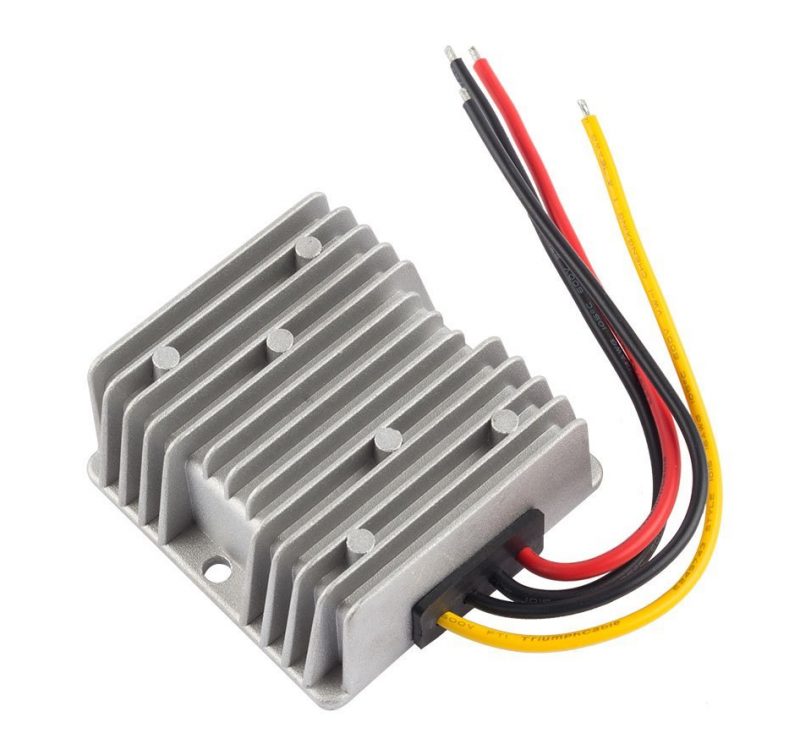


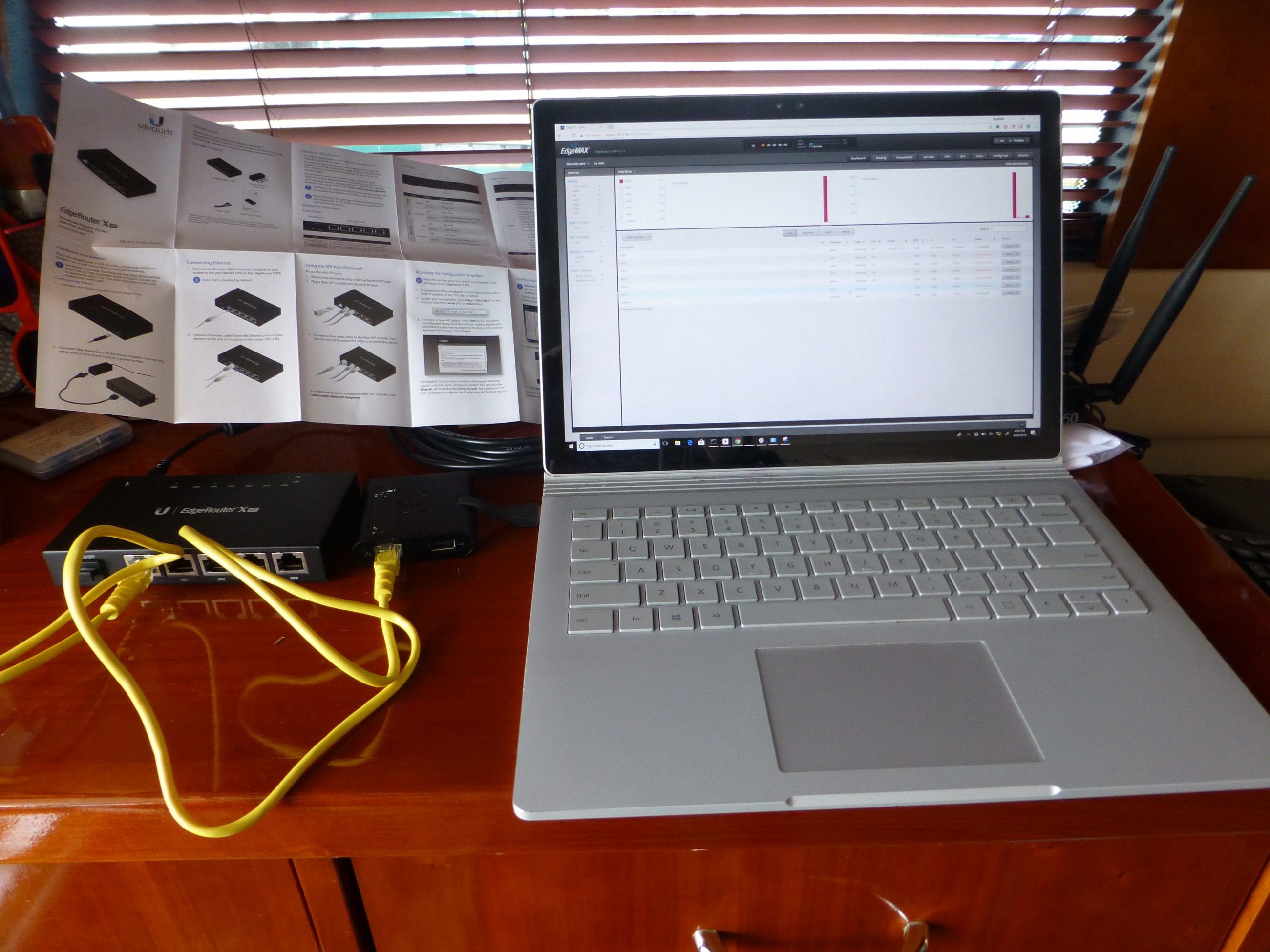
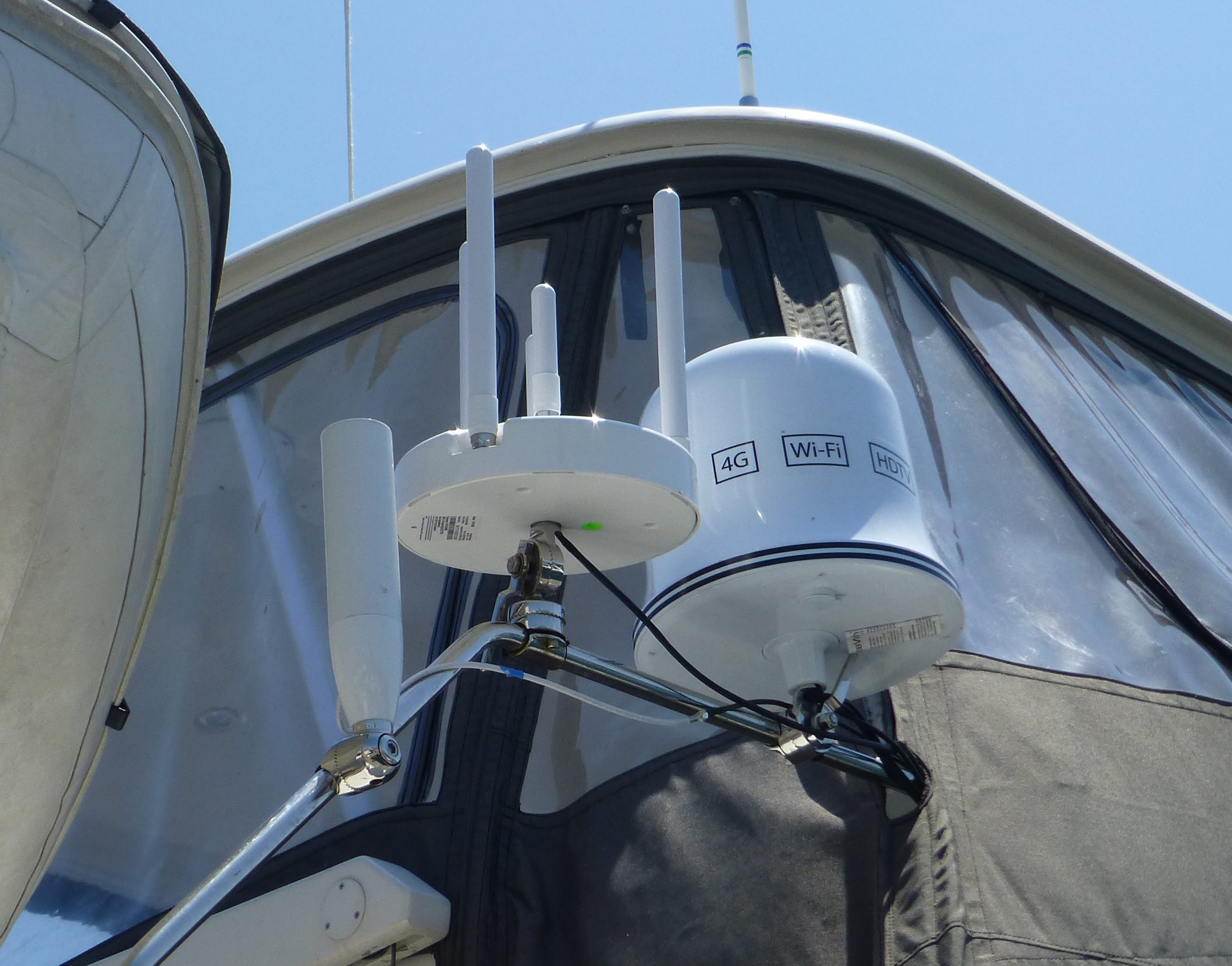
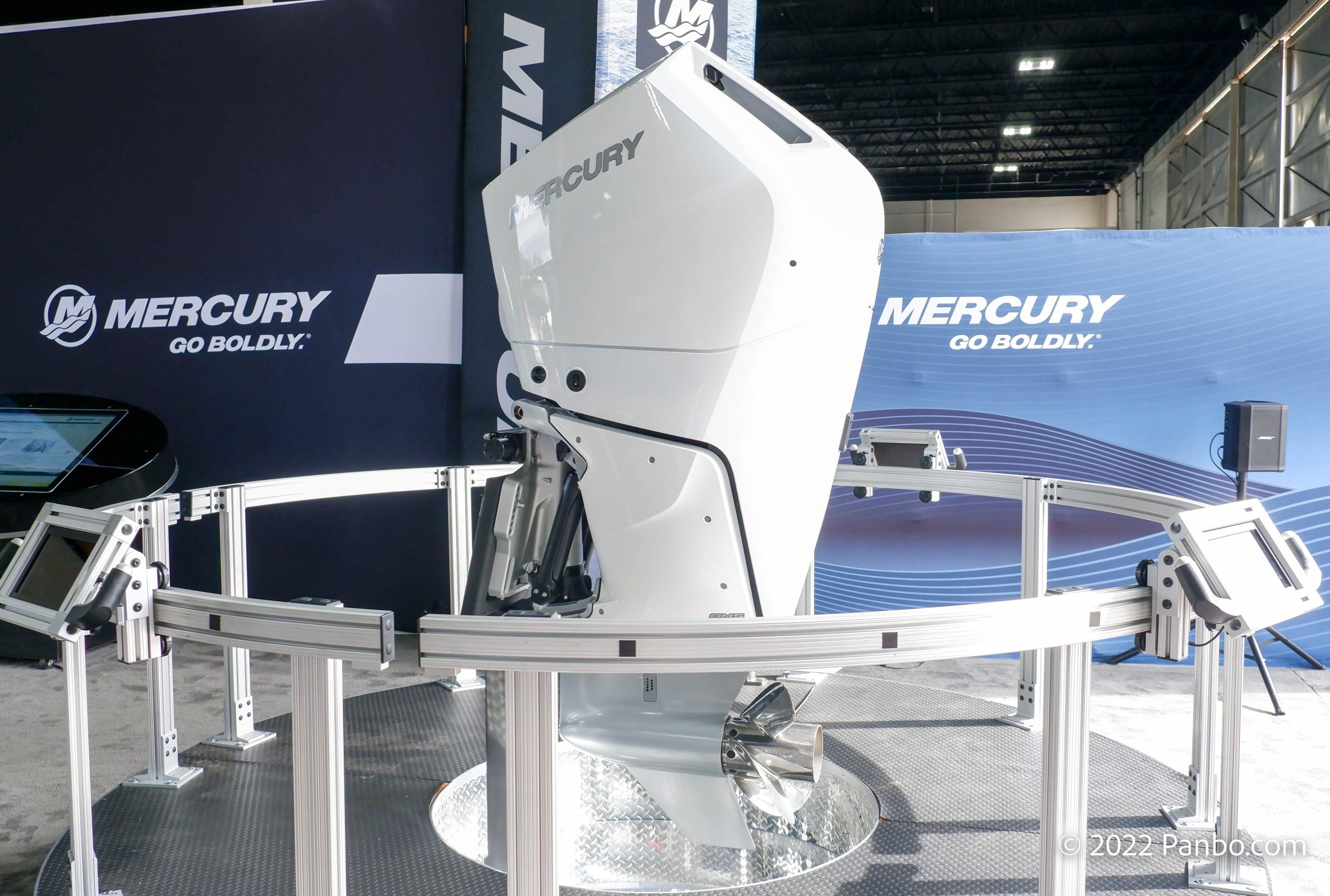
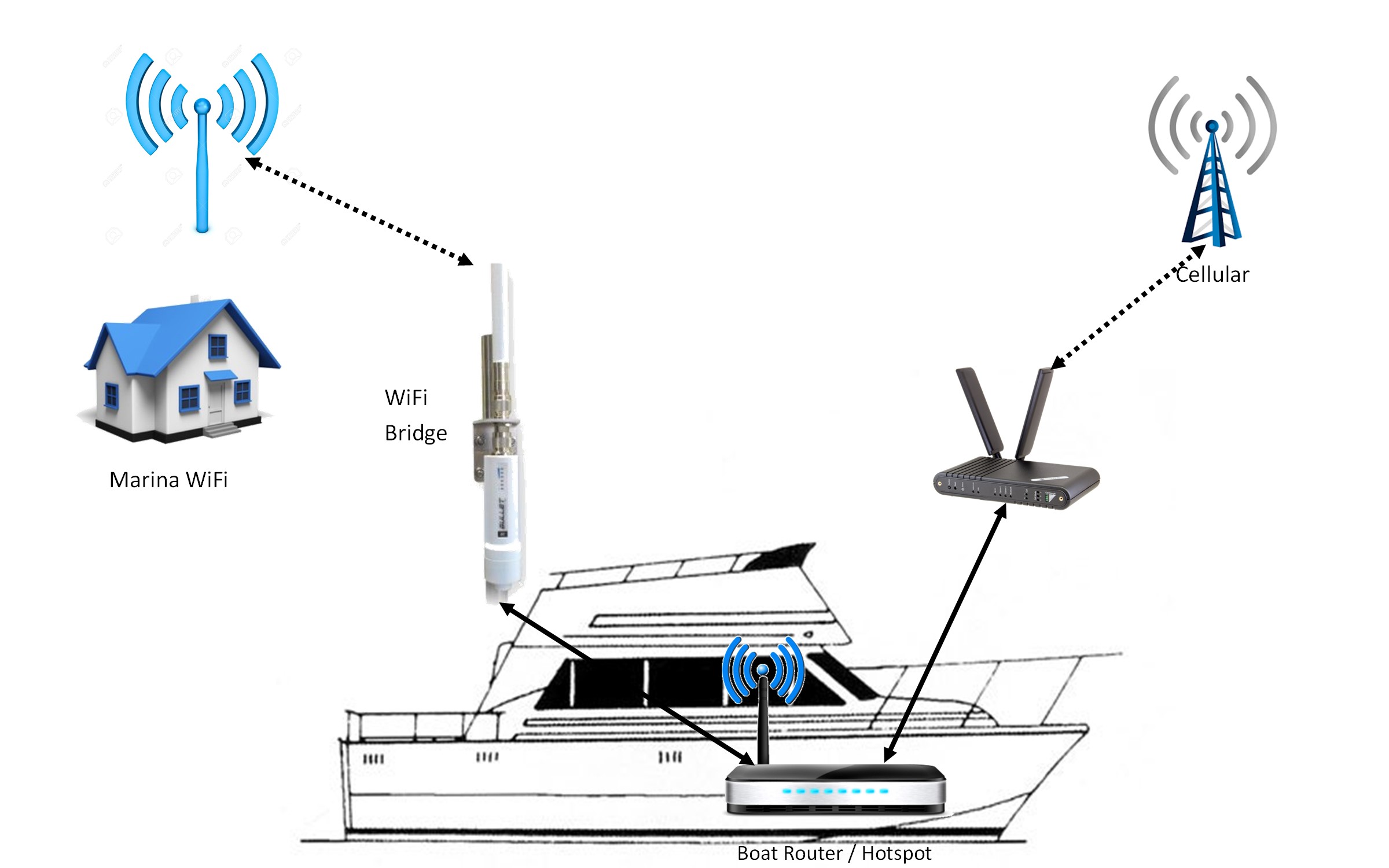








Interesting – and the price is certainly right! Have you experienced any RFI from these switching power supplies?
I haven’t had any RFI issues from them. I have two of them pretty close to the head unit and wiring for the stereo amps. I’d think if there were much noise that may well be a good indicator.
I’ve used these a bunch on the boat and had mixed experience with various vendors. I am mostly trying to convert 12v to 5v for powering devices like an Amazon Echo, Raspberry Pi, etc.
None of them have stood the test of time – they all have stopped working at some point. And I did have a high quantity of out of box failures for some of the DROK ones. However, I have one now from Binzet that has lasted longer than any others, is quite a bit bigger, doesn’t get super warm, and hopefully will last!
My sample size is pretty small. I think I have 7 in use on the boat right now. I’m happy to say (and knocking on wood) I haven’t had one fail. I’m also using all stabilizing types, not step up or down. I wouldn’t be surprised if one type or another failed more frequently.
Ah yes, voltage regulator type converters are going to have less work to do than 12v-5v step down ones. I also tried a few step up converters for PoE systems from 12v-24v and 12v-48v and they were even worse, which makes sense since they are doing far more “work” in that mode.
We use these a lot at work, and I have just one advice:
Always invest a bit extra to get a quality unit, price different is relatively minor compared to other costs in boat. We always use Phoenix Contact when it is critical job, they are the best you can buy, but come with a pricetag. Second tier is likes of Meanwell and Mascot, still good and solid units. Cheaper than that make good paperweights.
I notice that are some reasonably priced, lower current, marine grade DC/DC converters if your needs are different than the 12v/12v stabilization Ben Stein requires. Especially if you want to step down from a 24v boat system for devices that insist on 12v (like NMEA 2000 networks):
https://www.victronenergy.com/dc-dc-converters
https://www.mastervolt.com/products/dc-dc-converters/
Unfortunately, though, I don’t see a small 12v to 24v converter available from any marine brand, but maybe I missed something?
Yes Ben, you missed something: check Alfatronix’ range of DD-series converters
I managed to find these on the AEP website, but they are all voltage stabilizers, not up- or down-converters. They did show up-converters, but in a “ruggedized” package. Without prices shown, I can only assume they are VERY pricey compared to the Chinese models Ben talked about.
A bit more searching turned up Alphatronix Ireland at: https://www.alfatronix.ie/products/dd-ddi – and they do appear to have 12V-24V converters from 3a to 16a. I’m not sure how a US person would acquire one at rational cost, however.
Ben – Newmar Power of California has been a pretty respected supplier of Marine DC products for some time, including 12-24V converters ….
https://dcpoweronboard.com/12-to-24v-step-up-converters/
The really annoying part of this whole thing is that 24V is really not necessary here – it’s present solely to power the POE port of the Ubiquiti router, and the Bullet it’s powering will work fine on 12 (or even 8) volts! (because it regulates it down to 5V inside). The “cost” is probably only a few dozens of milliamps, but it’s just so unnecessary!
Hartley, the best I could find for the Alfatronix products was a listing showing a 12-24 step up for 111 pounds out of the UK, that’s right around $150.
But, this caused me to wonder whether something else could be found reasonably that would provide better quality. It turns out Victron Energy makes some products in this range. https://www.victronenergy.com/upload/documents/Datasheet-Orion-Tr-DC-DC-converters-isolated-100-250-400W-EN.pdf
They’re not as inexpensive as the Amazon sourced buck-boost pieces. The 8a continuous and 20a surge load model is available from PKYS for $63.75. http://shop.pkys.com/Victron-Orion-1224-8-Step-Up-DCDC-Voltage-Converter_p_3638.html
There’s also a 12-12v converter / stabilizer that I will try if any of the current units I have fail. Again, it’s not as affordable but not bad at $64.60 for the 9a model. http://shop.pkys.com/Victron-Energy-Orion-Tr-1212-9A-110W-Isolated-DC-DC-converter_p_6996.html
Hi Ben, Not a surprise, really. For this task, since I’m trying to keep my total system cost (for a MiFi/hi-powered WiFi – based Internet system) below that $150 figure, these aren’t candidates for me. If I needed 6 or 8 amps at 24V, $65 is not unreasonable at all, however.
IMHO, the most efficient course is to avoid the need for voltage conversions at all 🙂
If you’re powering a Ubiquiti Bullet that supports PoE (as most of them do) take a look at Tycon systems. I use several of these for PoE devices on Grace including a Bullet and a MikroTik: https://amzn.to/2rxwfKL
They convert 12v to 24v PoE and have ethernet ports built right in. You can find them for cheaper elsewhere online, but Amazon has them for those who need them quickly. They last a long time, and I’ve used them both on the boat and in remote solar projects in pretty extreme conditions.
I’ve had good luck with the SMAKN-branded flavor of those Chinese up- and down- converters. I’ve had a 12->48V unit powering my Ubiquiti Toughswitch 8-150W for over a year continuously and a 24->12V unit as part of a lithium ion BMS for over a year continuously as well. No noise or performance issues at all.
I believe several of the units I’m using are SMAKN as well and as I’ve mentioned I’ve had good luck with them. I also did cruise through the reviews of a few different units and they seem to generally be either very positive or immediate/near-immediate failures.
I have a friend that obtained stabilization another way, to present instrument reset on sailboat engine start. He inserter a 2 Farad capacitor (like you use for supporting loud stereo base in an auto) and diode to the source side of the DC panel for only those instrument circuits you want to protect. There should be enough resistance between there and the battery to not require a 1 ohm resistor (to charge cap).
Mastervolt at least used to make one. I only know because there is one sitting about 20′ from me. Meanwell I belive also makes some but not marine rated.
Found the Mastervolt that I had sitting around
https://www.mastervolt.com/products/mac-magic/dc-dc-converter-magic-12-24-10/
I installed the CarNetix CNX-P1900 Dual Output 140 Watt 12V DC-DC Regulator about 10 years ago to run our navigation PC and 12Vdc monitor while cruising Mexico.. Although it’s intended for the automotive market, it has performed well over the years for us with no failures. Just thought I’d add it to the discussion mix. It’s available from mp3car.com and Amazon.